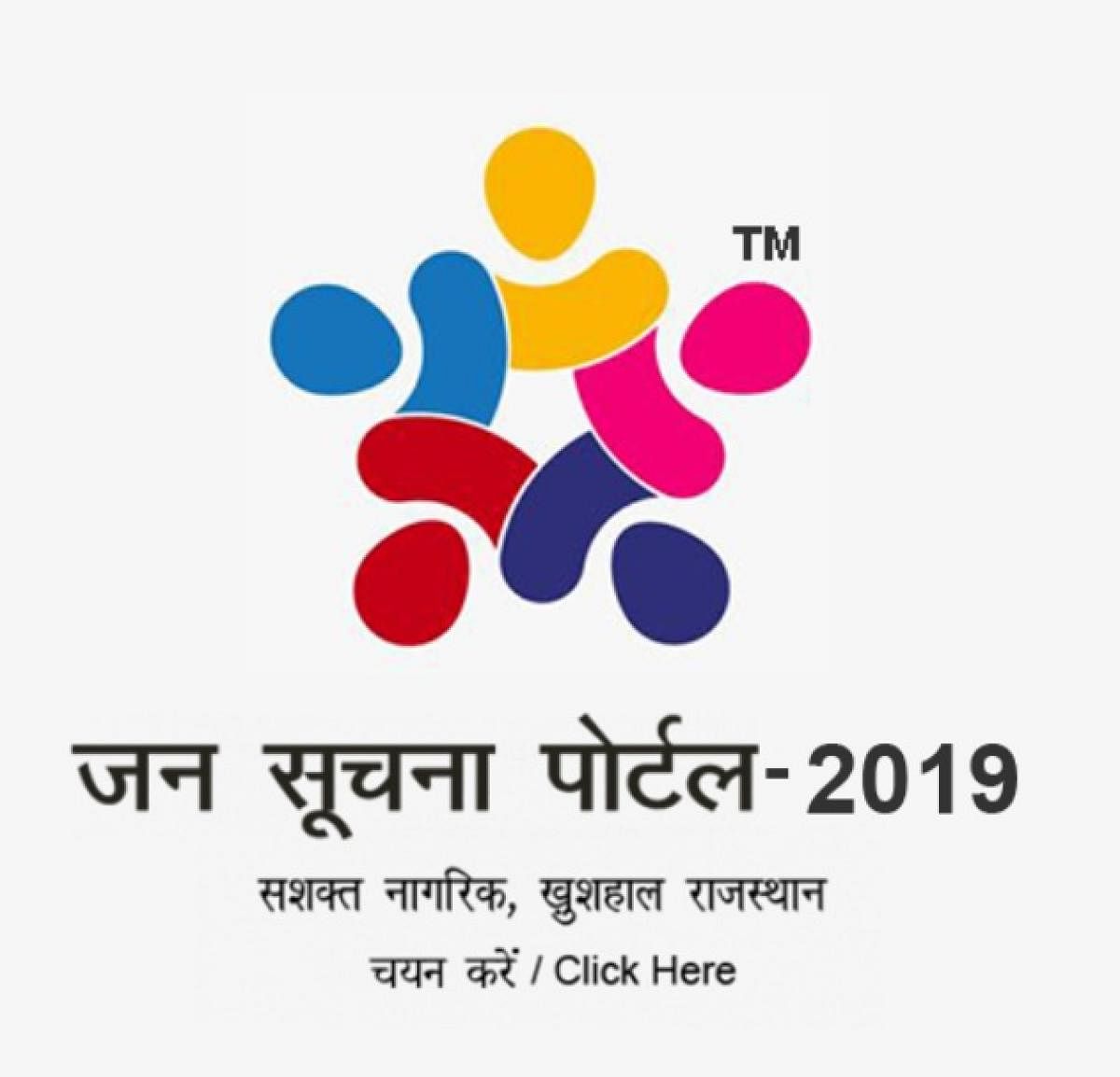Rajasthan has been a pioneer in deepening democracy by fighting for the Right to Information of ordinary citizens when the colonial Official Secrets Act was still in place -- a long-standing anomaly in a country wedded to democracy. This demand, which resulted in the Right to Information (RTI) Act of 2005, opened the gate to make elected representatives transparent in their functioning and accountable to the community which elected them. Officials, paid salaries by taxpayers, were made to give an account of the tax money they collected and spent to provide services to citizens.
Section 4 of the RTI Act was the most important provision which required public authorities to provide information on 18 items in public domain suo motu — i.e., proactively, without citizens having to ask for it. For instance, the job description of every official, the standards for the delivery of services, the decision-making procedure, the income and expenditure of each department, the subsidy schemes and lists of beneficiaries, the platforms available for citizen participation, etc.
Even after 14 years, these provisions are yet to be effectively fulfilled by most public authorities. For instance, a preliminary audit being conducted by CIVIC Bangalore of the proactive disclosures of 11 municipal corporations of Karnataka, shows them to be uniformly deficient. One municipal corporation has, in fact, said that the municipal corporation itself is the beneficiary of its subsidy schemes — and it may well be so! The State Information Commissions have hardly taken action to correct these gaffes or make the disclosures better as they contend that there is no provision in the RTI Act for penalising the heads of public authorities for their failure to provide proper Section 4 details.
Be that as it may, civil society organisations in Rajasthan, like the Mazdoor Kisan Shakti Sanghatan, have found that proactive disclosures under Section 4(2) need to go beyond the formal requirements and provide information that “citizens need and want to know and can use” about their basic entitlements. They initiated this a few years ago by getting grama panchayats to paint much of the details on the walls of the panchayat offices, anganwadis, schools, etc.
But now they found that much more information is already digitised and available to officials, but the public cannot view it because of ‘admin logins’. The effort of the ‘Digital Dialogue’ team with civil society members has been to collaborate with the Rajasthan IT department to put all this in public domain through ‘automatic feed’ in real-time. Thus, information on 23 services of 13 departments, certified with digital signatures, is now available on the ‘Jan Soochana Portal’ (JSP) to anyone at the click of a button on their computers and mobiles, or through the 68,000 E-Mitra kiosks set up in grama panchayats and several urban wards. This initiative has elevated the Right to Information to a ‘Right to Accountability’.
Citizens can now know, from the state level to individual household level, who has BPL cards, what is the entitlement and amount of rations drawn by each household, who has failed to get rations because of biometric non-authentication; how many days’ wages have been released to each person under MGNREGA; or how many months’ pension released to the elderly. If they are being shown as ‘dead’ though they are alive and pensions stopped for that reason, that info, too, will become visible. Money taken by hospitals from the government under Ayushman Bharat scheme for every patient and the amount reimbursed to him/her are also shown. Thus, any discrepancy in amounts released and amounts received can be questioned by the citizens.
Details regarding farmers’ loan waiver applications, the amount waived per individual, who was denied the waiver, all land records; who owns each piece of land; details of mining leases, the environment and pollution control board clearances issued, the production reports, royalties and taxes paid, etc., are all visible. The JSP, along with the Single-Window Information Centres for receiving applications, the Right to Hearing of Grievances, and social audit provisions promised in the Public Accountability Bill pending passage in Rajasthan provides a solid foundation for accountable governance, which can be emulated by all states.
There were recommendations from invitees to the launch that not just the list of beneficiaries but the list of applications seeking benefits should also be available, along with their status, so that who got excluded also becomes visible. A mechanism to give feedback, point out errors, if any, and raise grievances should also be there. The village/ward map as a unit with land records should be uploaded on which all other data can be superimposed. This would lead to paperless governance.
Closer home, in the urban context, the following information given ward-wise may help citizens to demand accountability: maps of wards with all Unique Property IDs marked on them, superimposed with electoral roll data; coordinates of government properties, CA sites, lakes, parks and commons; notices issued to building bye-law and zoning regulation violators; commercial establishments in residential zones; garbage, road and drains contractors; identified encroachments on rajakaluves, buffer zones and lakebeds; list of slums; infrastructure status of anganwadis, schools and hospitals; lists of malnourished and out-of-school children; and actions taken to remedy all the identified ills!
A point not yet addressed by the JSP is that of proactive disclosure — under Section 4(1)(c) and (d) of the RTI Act — while framing all policies, laws, projects, etc., giving the rationale for these and seeking public feedback on them. If this were in place, governments would have to disclose the rationale for projects such as that of the elevated corridor in Bengaluru — the justification for believing that traffic congestion will be reduced by it; its cost-benefit analysis and how it is the best option when much cheaper and more effective options are available.
(The writer is Executive Trustee of CIVIC, Bangalore)
